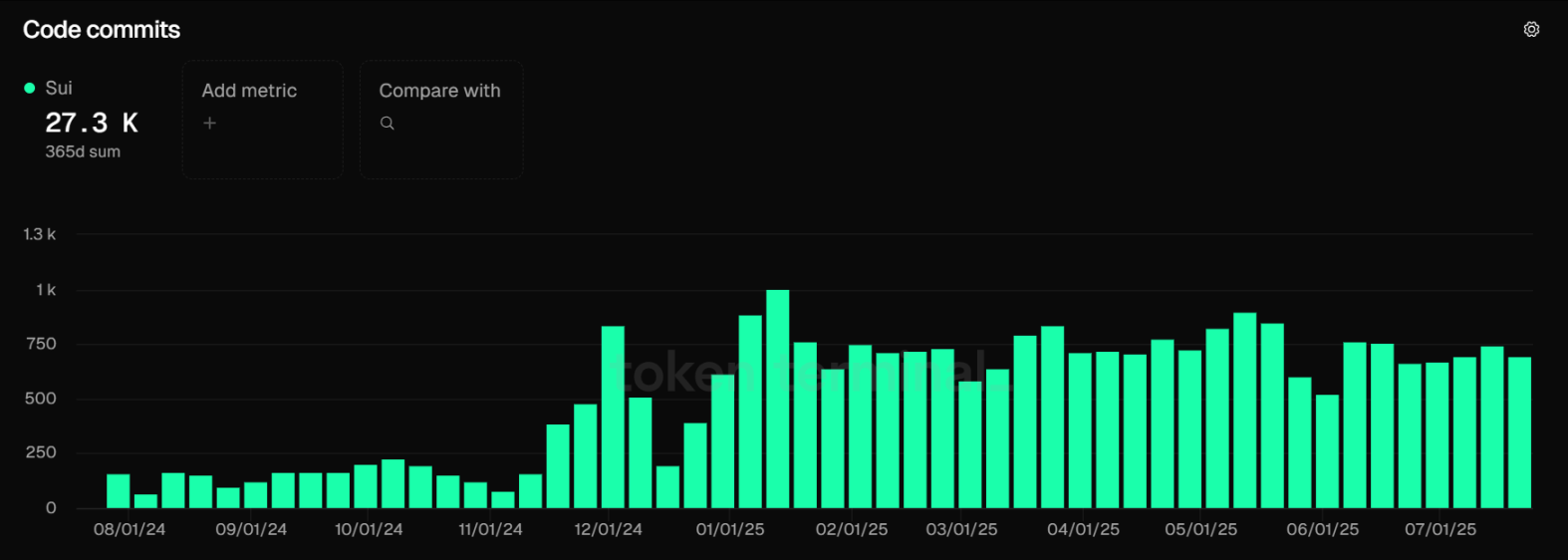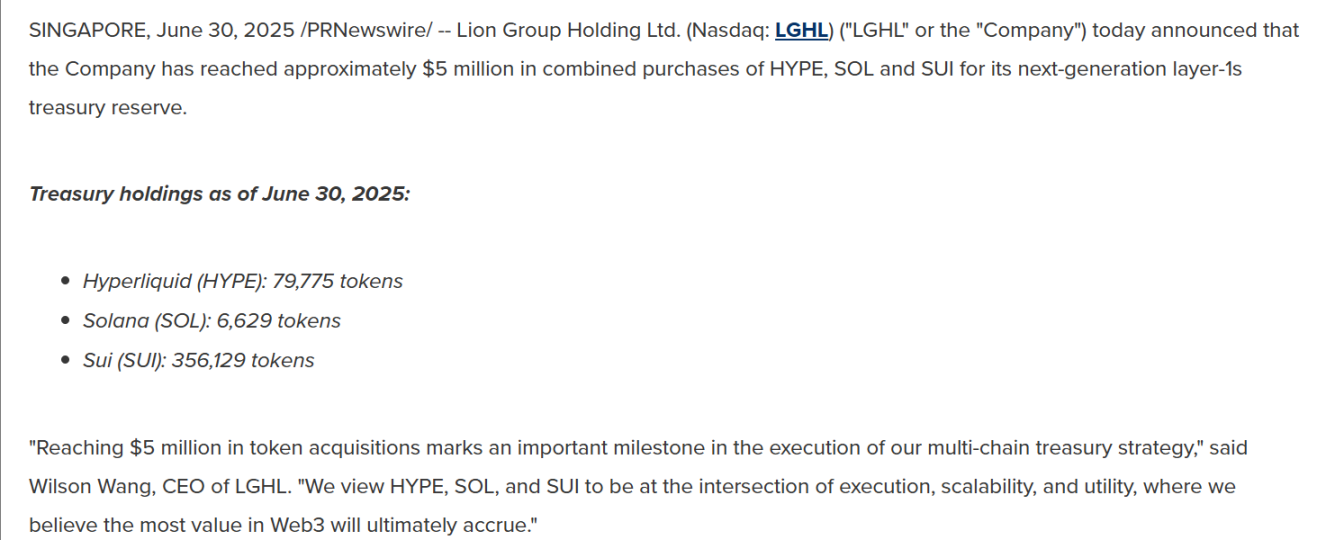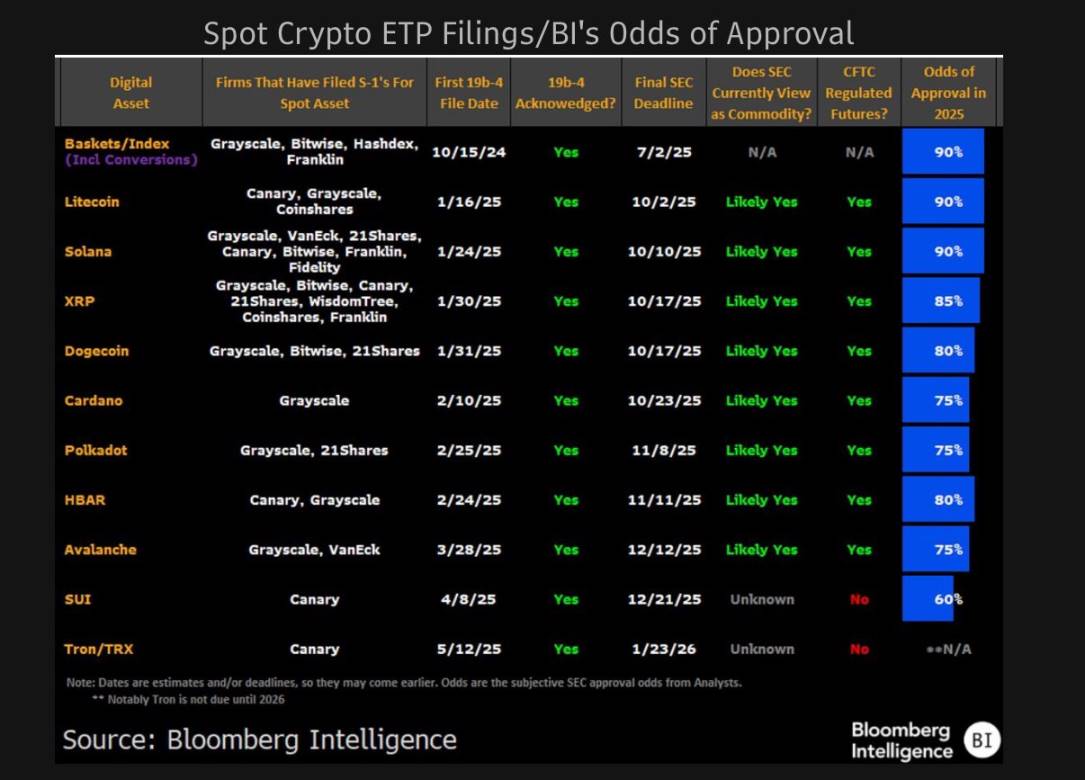How did hackers cause the growth of the Sui ecosystem? It is one step away from an all-time high
Written by: 1912212.eth, Foresight News
On July 28, SUI briefly surpassed $4.44, a new high since January this year. The price of SUI token has increased by more than 53% month-on-month, with four consecutive gains on the daily chart since July 24 and four consecutive weekly gains since June 23. SUI currently ranks 11th with a total market capitalization of $14.7 billion, and its FDV has risen to $43.048 billion.
How is the Sui ecosystem recovering now after the setback in May? What are the reasons for the strong currency price?
Sui has recovered from the Cetus hack
On May 22, Cetus, the largest DEX aggregator on the Sui network, suffered a major security breach attack that drained approximately $223 million in liquidity pools. Attackers use fake tokens to manipulate pools, causing losses. However, the response of the Sui community and development team reversed the situation, with the Cetus team suspending transactions and initiating a recovery plan, eventually recovering 85% to 99% of the funds, with a total of about $162 million in frozen assets being released by community votes. The Cetus protocol was relaunched in June with plans to move to a fully open-source model for greater transparency and security.

defiLlama data shows that after the hacking incident, Sui's total TVL fell to $1.538 billion. As of now, its total TVL has rebounded to $2.296 billion, a record high.
Its DEX trading volume has steadily rebounded since June, with its DEX trading volume exceeding $550 million in the past 24 hours, with a weekly increase of more than 8.79%.

Among them, the trading volume of its ecological protocol Cetus has reached US$225.28 million in the past 24 hours, reaching half of the trading volume of the entire Sui ecosystem DEX, and the recovery momentum is quite rapid.
In terms of stablecoin data, the total market capitalization is $968.38 million, which has fallen back in the past 7 days but is still at an all-time high. Notably, USDT inflows have skyrocketed by 1% over the past 21 days.

Code commits are used to count the total number of commits made to the project's public GitHub code repository. It reflects how active the codebase is for updates. Terminal data shows that after a brief negative impact on its activity in late May and early June, its code commits quickly rebounded to a high level.

Data indicators prove that instead of destroying SUI, the Cetus event is accelerating its maturation.
The listed company Lion bought more than 1 million SUI
It has become a trend for U.S. listed companies to use their reserves to buy tokens. Previously, Strategy bought BTC and made huge profits, which attracted imitation, followed by reserves such as ETH/SOL/ENA.
In June 2025, Nasdaq-listed Lion Group Holding Ltd. (LGHL) purchased SUI, SOL, and HYPE tokens, expanding its crypto asset reserves to $9.6 million, with data showing that Lion Group purchased 356129 SUI tokens,

As a micro-cap company with a market capitalization of only one million dollars, Lion's actions are limited in scale but symbolic.
On July 24, according to SEC filings, Nasdaq-listed Lion Group increased its holdings of SUI tokens, bringing its total holdings to 1015680. At the current unit price of $4.25, it is worth about $4.316 million.

Previously, the US-listed Everything Blockchain Inc. (EBZT) also planned to invest $10 million in five major blockchain networks: Solana (SOL), XRP, Sui (SUI), Bittensor (TAO) and Hyperliquid (HYPE).
Crypto assets are infiltrating mainstream finance, and SUI's Layer-1 positioning attracts publicly traded companies seeking high growth. In the future, if more companies follow suit, SUI's liquidity and price stability will be further improved.
The SUI spot ETF is expected to be approved
The potential approval of the SUI ETF marks a crucial step in the process of mainstreaming cryptocurrencies, with the U.S. Securities and Exchange Commission (SEC) now officially initiating a review process for Canary Capital's SUI spot ETF application, which was filed in March 2025 and announced by the U.S. SEC in June, with the review period extending to 240 days. 21Shares' SUI ETF is also on a similar scrutiny track, with a Form 19b-4 filed by Nasdaq initiating evaluation in June,
Similar to the inflow data performance of Bitcoin and Ethereum spot ETFs, if the SUI spot ETF is approved, it will undoubtedly increase market confidence and have a positive impact on currency prices.

In June of this year, Eric Balchunas, a senior ETF analyst at Bloomberg, analyzed that SUI expects a 60% probability of ETF approval.
Earlier this year, asset management company VanEck released a report saying that SUI is expected to occupy 5.5% of the market share, with a market capitalization of about $61 billion, and a single price may reach $16 based on the circulating supply of 3 billion coins at that time. Yesterday, Twitter KOL 0x0xFeng tweeted that "SUI should hit a new high."
In the big bull market, SUI may continue to lead the market.
